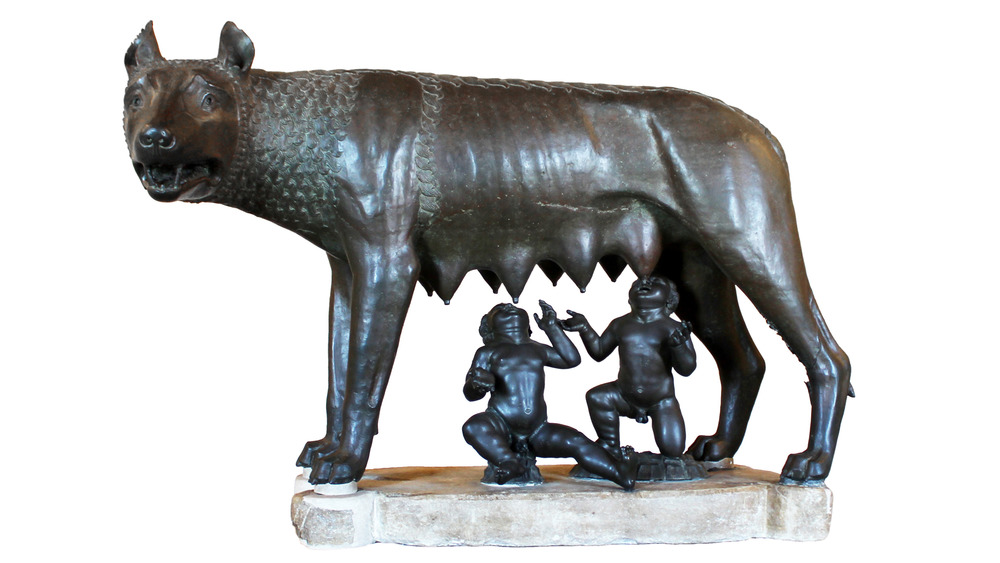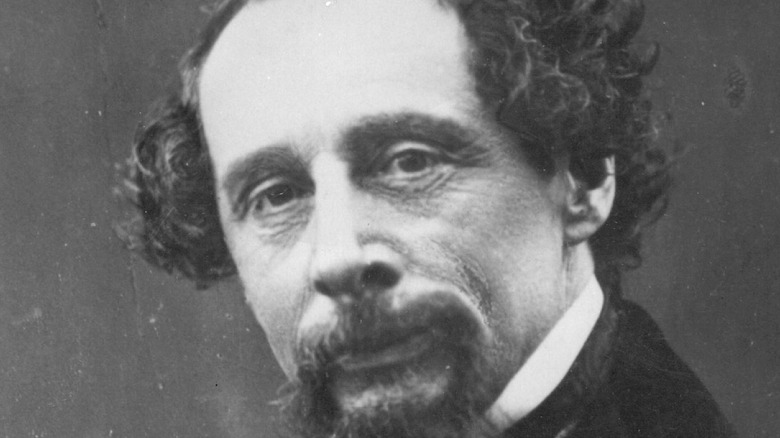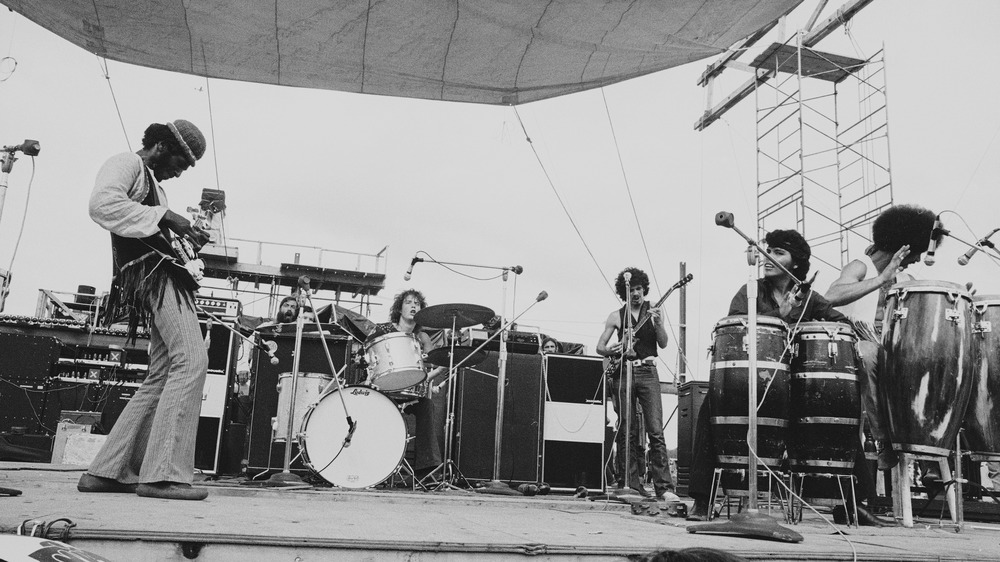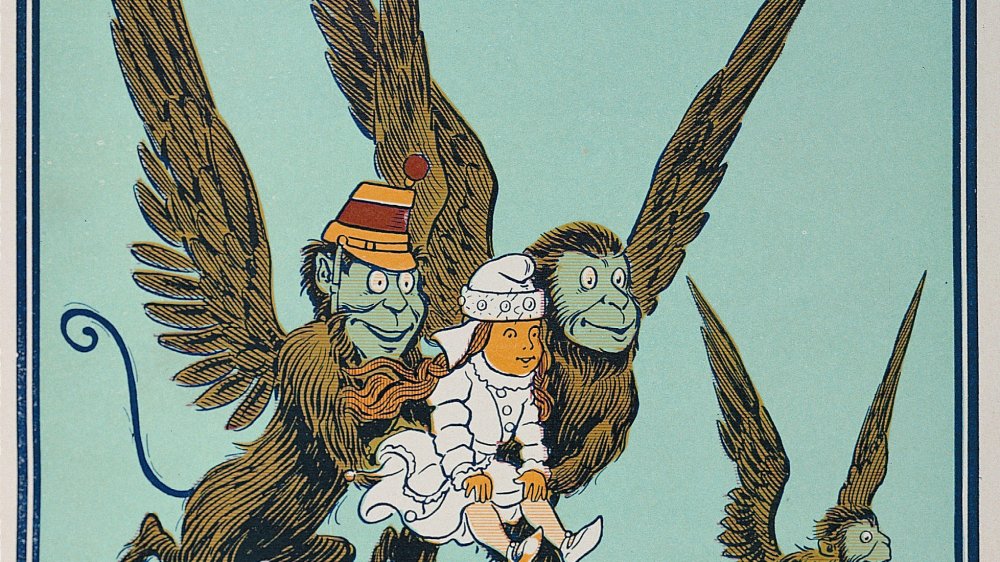
The Truth About Second Waves Of Pandemics
A 2006 historical analysis in the journalEmerging Infectious Diseases refers to the 1918 flu that claimed an estimated 50 million lives worldwide as “the mother of all pandemics.” But the Black Death might be the granddaddy of them all. London’s Science Museum describes that bubonic plague that brought Europe to its knees in the 14th century as “probably the earliest recorded pandemic.” These historic scourges have more in common than the fact that they ravaged much of the planet. The illnesses also ebbed and flowed, washing over the world in three distinct waves.
Per ScienceDirect, “Pandemics are inherently unpredictable in appearance and severity,” so it’s by no means guaranteed that waves will occur at all. However, both the Black Death and the 1918 flu had hellacious second waves. Similarly, the aforementioned article from ScienceDirect observes that the H1N1 flu pandemic of 2009, which the CDC estimates killed between 151,700 and 575,400 people, had a second wave more severe than the first. Why might such waves happen?
Second verse worse than the first
Pandemic waves can have drastically different durations and periods between them. For instance, the Science Museum of London writes that the Black Death that decimated Europe between 1347 and 1351 was the first wave of a centuries-long plague pandemic. The second, nastier wave didn’t hit until the 1500s, and the third occured in the 1800s. By contrast, the waves of the 1918 flu pandemic happened within months of each other, per the journal Emerging Infectious Diseases. The first occurred in the spring of 1918 followed by the second in the fall of that year. A 2013 study in PLOS One points out that the 2009 flu pandemic exhibits a similar pattern, with the first wave starting in March and the second in October. Though, not every country that was affected experienced a second wave (China, for instance, didn’t).
After analyzing the spread of the 2009 virus, researchers identified five dynamics that seem to generate second waves of flu pandemics. Among them is the seasonality of social interactions. School attendance, for instance, may cause a second surge in cases when students resume classes in the fall while things die down during summer break. Another notable possibility is that two vulnerable populations have little interaction with each other, causing the pandemic to surge unevenly across groups. Consistent with that view, a 2018 study of the 1918 flu pandemic suggests that the first wave affected poor people while the second wave overwhelmingly affected wealthier people.

The Eerie Way An Entire Nebraska Choir Survived A Church Explosion

Here's How An Octopus Regrows Its Arms

The Reason Some Are Convinced Kurt Cobain Is Still Alive

Here's What Would Happen If Antarctica Melted

Tragic Tales Of Feral Children

The Bizarre Mystery Behind The Numbers Stations

What Life Is Really Like As A Freemason

Scientists Are Using 'Tissue-Digging Nanodrills' To Kill Bacteria

Scientists Turned Their Own Frozen Poop Into Knives

The Untold Truth Of North Korea's Hotel Of Doom























